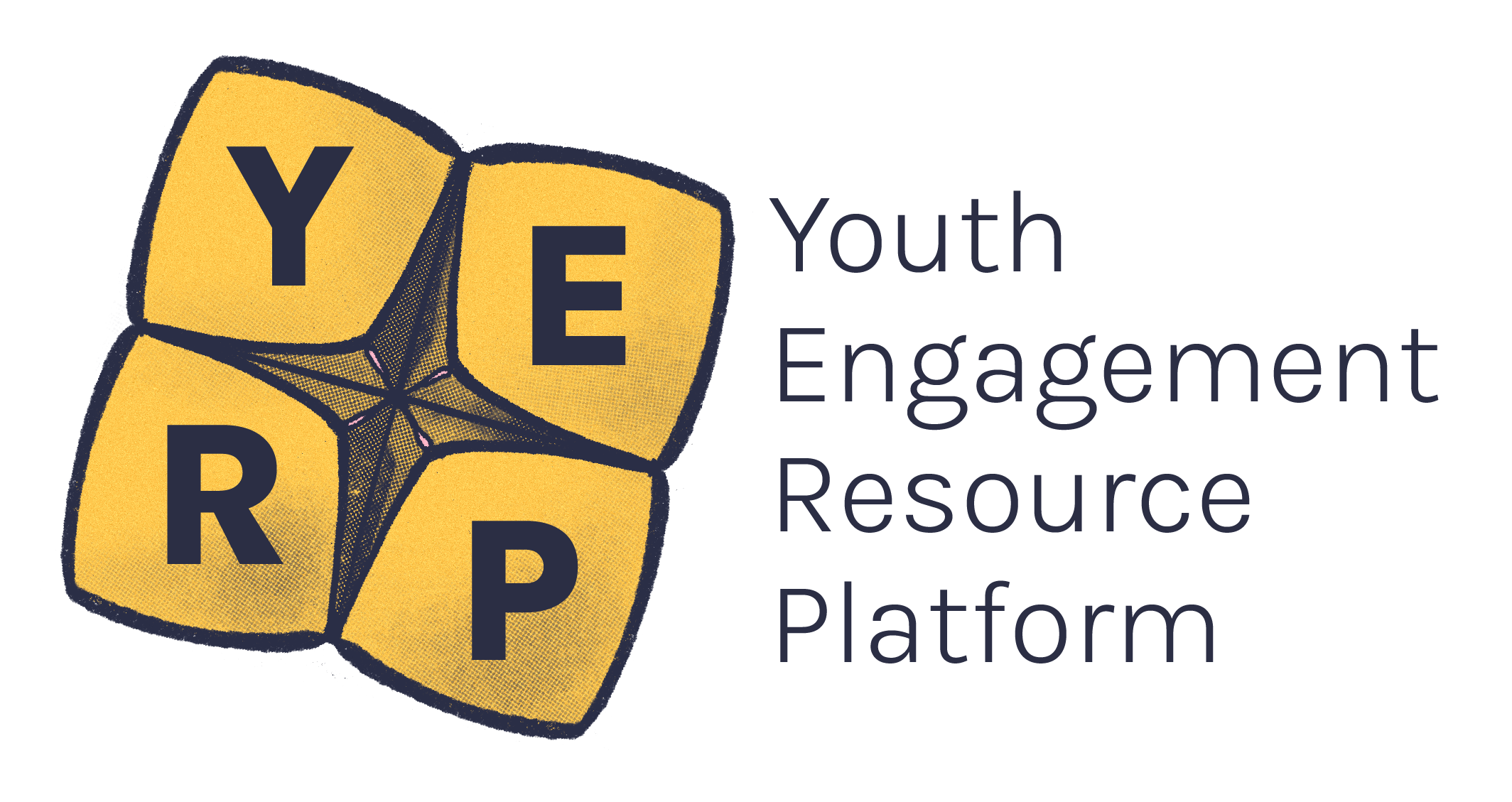On this page
Local governments are one of the main providers of services for young people in their communities.
This year, YACVic undertook research into how Councils are supporting young people in their local areas. We conducted two surveys with 61 (youth) service coordinators of Victoria’s 79 Councils in order to map the extent of youth policy, youth participation mechanisms, and youth services and supports for young Victorians across Local Government Councils.
Key findings
Youth service resourcing
- Councils in regional LGAs generally employed fewer youth focused professionals than metropolitan LGAs: an average metropolitan Council hired two to six times more youth focused professionals than an average regional Council, depending on the region
-
Across the state, geographically larger LGAs tended to hire fewer youth focused professionals. There were both fewer youth focused professionals in regional Victoria and much greater areas to cover.
Youth participation and policy
- A greater proportion of Councils in Greater Melbourne than regional areas had a youth strategy — 83%, compared to 69% of regional Councils.
- 84% of surveyed Councils had consultation mechanisms for young people, predominantly surveys and focus groups. However, only five Councils mentioned using some element of co-design for their youth strategy.
- 53% of Councils had established, and 11% were establishing, a youth council or youth advisory group—i.e. over a third do not have a youth advisory mechanism.
Services and supports
- 77% of Councils were providing some form or forms of youth services, though with some regional variation from 100% in Greater Melbourne to 50% in Gippsland.
- Services for priority groups, while present, were needing bolstering: between 70% and 87% of Councils indicated that various priority groups required additional support, with the most referenced gap being services for disabled young people.
- The youth cohort most often referred to external organisations were young people experiencing homelessness or family violence, First Nations young people and disabled young people.
- No Council that participated in the study provided age-specific support for young people who have been involved in the justice system.
Impacts of COVID-19
- Almost every Council had to shift its youth services and programs online due to COVID-19.
- Some services (mental health, case management and education and employment) have seen greater demand, putting additional strain onto services that are already facing significant challenges. Other services, particularly social and recreational services, experienced a decrease in demand, probably due to screen fatigue.
- Few Councils saw changes to funding, with 86% reporting that it remained the same. Though COVID-19 presented many challenges to the youth sector, Councils found ways to navigate these challenges by coming up with innovative ways to deliver youth services with young people empowered and at the helm.
Contact: policy@yacvic.org.au




